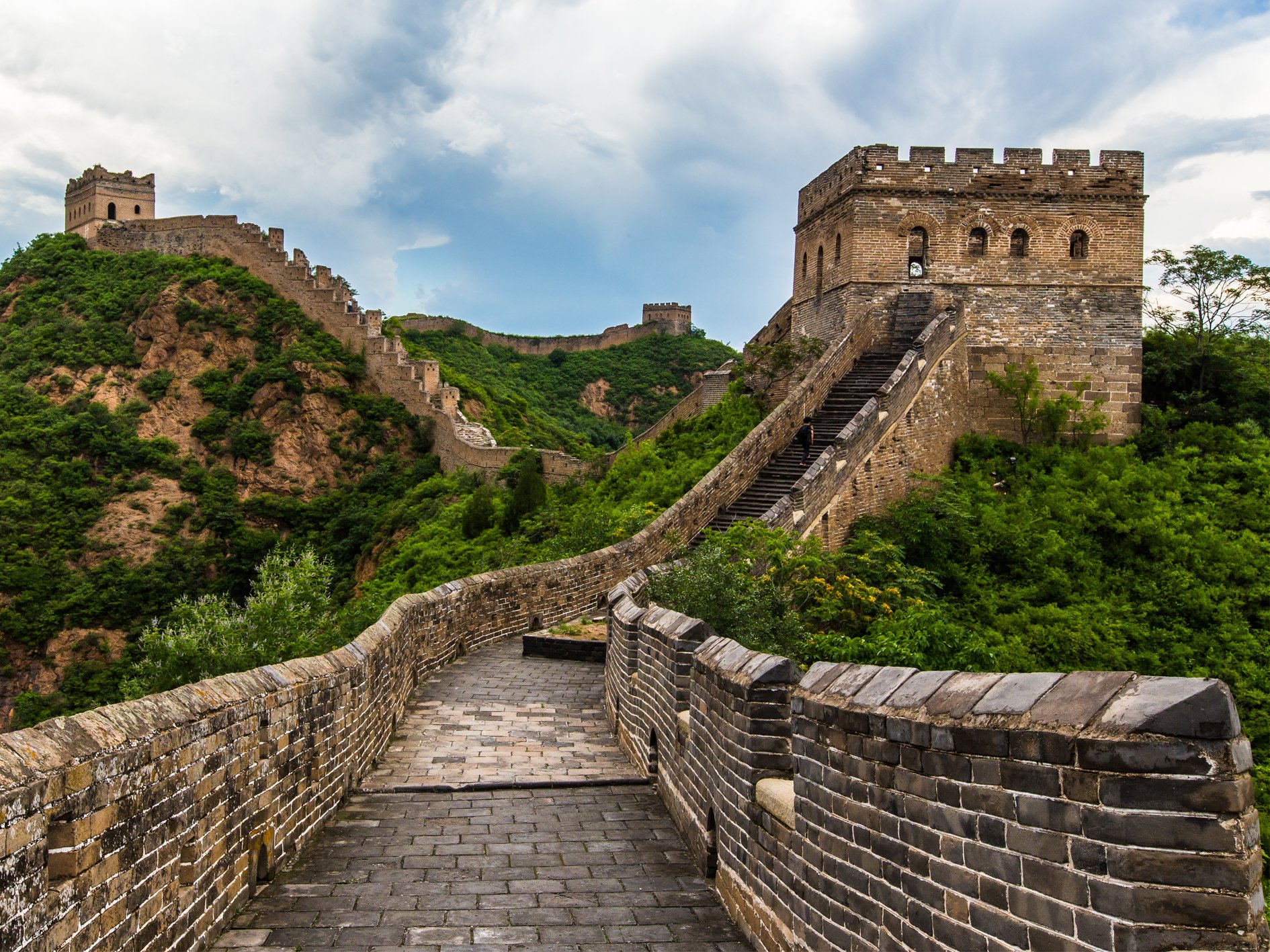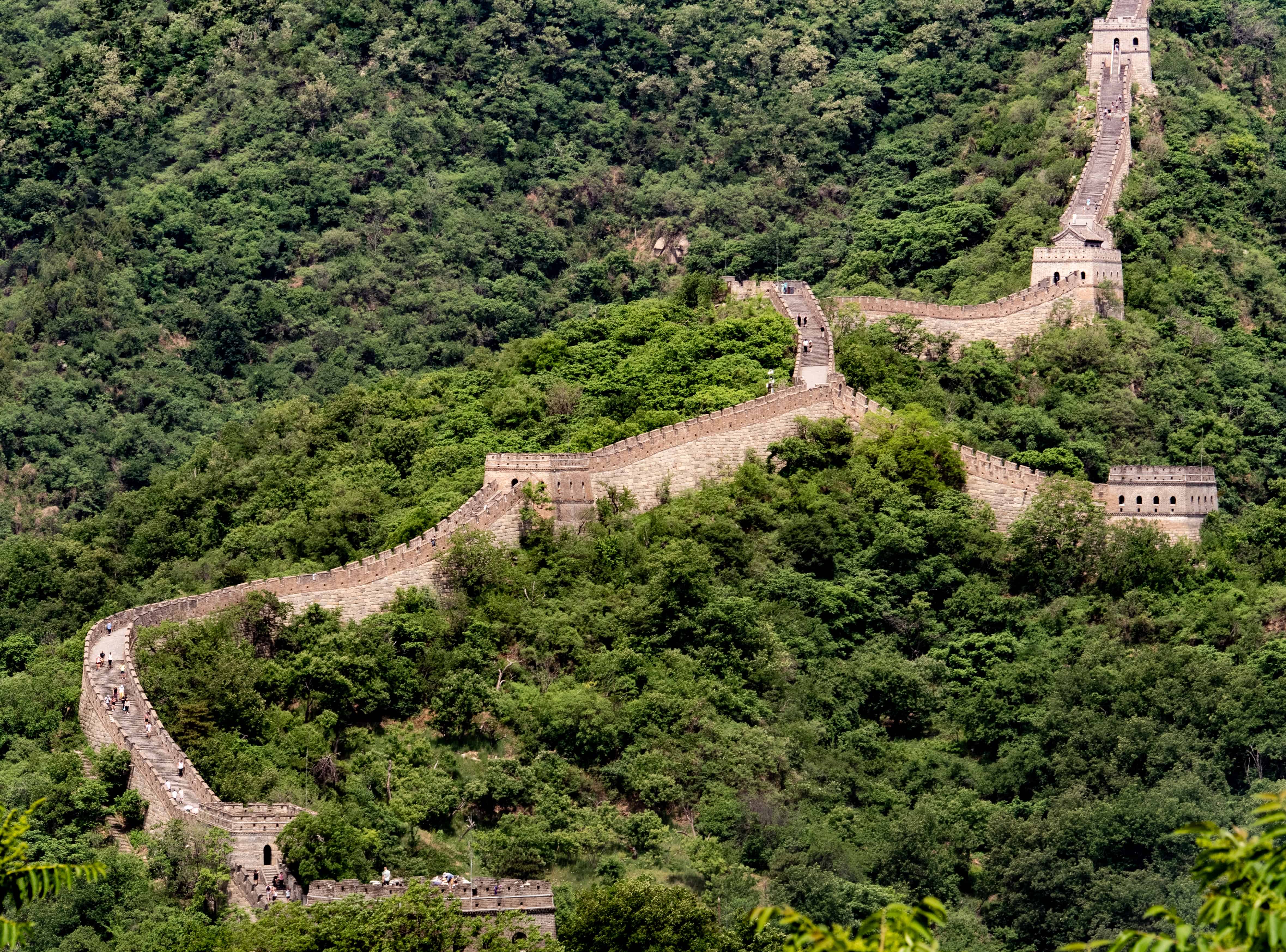The New Seven Wonders of the World: The Great Wall of China (China).
The Great Wall of China: A Monumental Symbol of Strength and Resilience
Introduction
Stretching across thousands of miles of rugged terrain, the Great Wall of China stands as an enduring testament to the ingenuity and determination of the ancient Chinese civilization. Built over centuries to defend against invasions and safeguard the borders of the Middle Kingdom, this architectural marvel continues to captivate the imagination of people around the world.
In this article, we delve into the history, construction, and cultural significance of the Great Wall of China.
Historical Context
The origins of the Great Wall can be traced back to the 7th century BCE when various Chinese states began constructing walls and fortifications to protect their territories from nomadic tribes to the north. However, it was during the Qin Dynasty (221–206 BCE) that these disparate walls were connected and reinforced into a unified defensive structure, laying the foundation for what would become the Great Wall of China.
Construction and Expansion
Subsequent dynasties, including the Han, Sui, and Ming, further expanded and reinforced the Great Wall, adding watchtowers, beacon towers, and fortresses along its length. Built using a variety of materials, including stone, brick, earth, and wood, the wall incorporated advanced engineering techniques to navigate the rugged terrain and withstand the elements.
Architectural Features
The Great Wall of China is characterized by its imposing battlements, parapets, and crenelations, which provided defenders with strategic vantage points to monitor and repel potential threats. Watchtowers served as lookout posts, while beacon towers facilitated communication and signal fires to alert nearby garrisons of impending danger.
Cultural Significance
Beyond its military function, the Great Wall of China holds profound cultural and symbolic significance for the Chinese people. It embodies the spirit of unity, resilience, and national identity, serving as a potent symbol of China's enduring strength and determination in the face of adversity.
Modern Legacy
Today, the Great Wall of China stands as one of the most iconic and visited tourist attractions in the world, drawing millions of visitors each year to marvel at its ancient splendour and breath-taking vistas. Recognized as a UNESCO World Heritage Site, the wall continues to inspire awe and admiration as a testament to human achievement and the enduring quest for security and protection.
Conclusion
The Great Wall of China remains an enduring symbol of China's rich history and cultural heritage. From its humble beginnings as a series of defensive fortifications to its status as a global icon, the wall continues to stand as a testament to the resilience, ingenuity, and determination of the Chinese people. As a monument to human endeavour and perseverance, the Great Wall of China will forever hold a revered place in the annals of world history.
References
- Edmonds, Richard Louis (1985). Northern Frontiers of Qing China and Tokugawa Japan: A Comparative Study of Frontier Policy. University of Chicago, Department of Geography; Research Paper No. 213. ISBN 978-0-89065-118-6.
- Elliott, Mark C. (2001). The Manchu Way: The Eight Banners and Ethnic Identity in Late Imperial China. Stanford University Press. ISBN 978-0-8047-4684-7.
- Evans, Thammy (2006). Great Wall of China: Beijing & Northern China. Bradt Travel Guide. Bradt Travel Guides. p. 3. ISBN 978-1-84162-158-6.
- Haw, Stephen G. (2006). Marco Polo's China: a Venetian in the realm of Khubilai Khan. Volume 3 of Routledge studies in the early history of Asia. Psychology Press. ISBN 978-0-415-34850-8.
- Hessler, Peter (2007). "Letter from China: Walking the Wall". The New Yorker. No. May 21, 2007. pp. 58–67.
- Karnow, Catherine; Mooney, Paul (2008). National Geographic Traveler: Beijing. National Geographic Books. p. 192. ISBN 978-1-4262-0231-5.
- Lindesay, William (2008). The Great Wall Revisited: From the Jade Gate to Old Dragon's Head. Harvard University Press. ISBN 978-0-674-03149-4.
- López-Gil, Norberto (2008). "Is it Really Possible to See the Great Wall of China from Space with a Naked Eye?" (PDF). Journal of Optometry. 1 (1): 3–4. doi:10.3921/joptom.2008.3. PMC 3972694. Archived from the original (PDF) on September 10, 2008.

























































